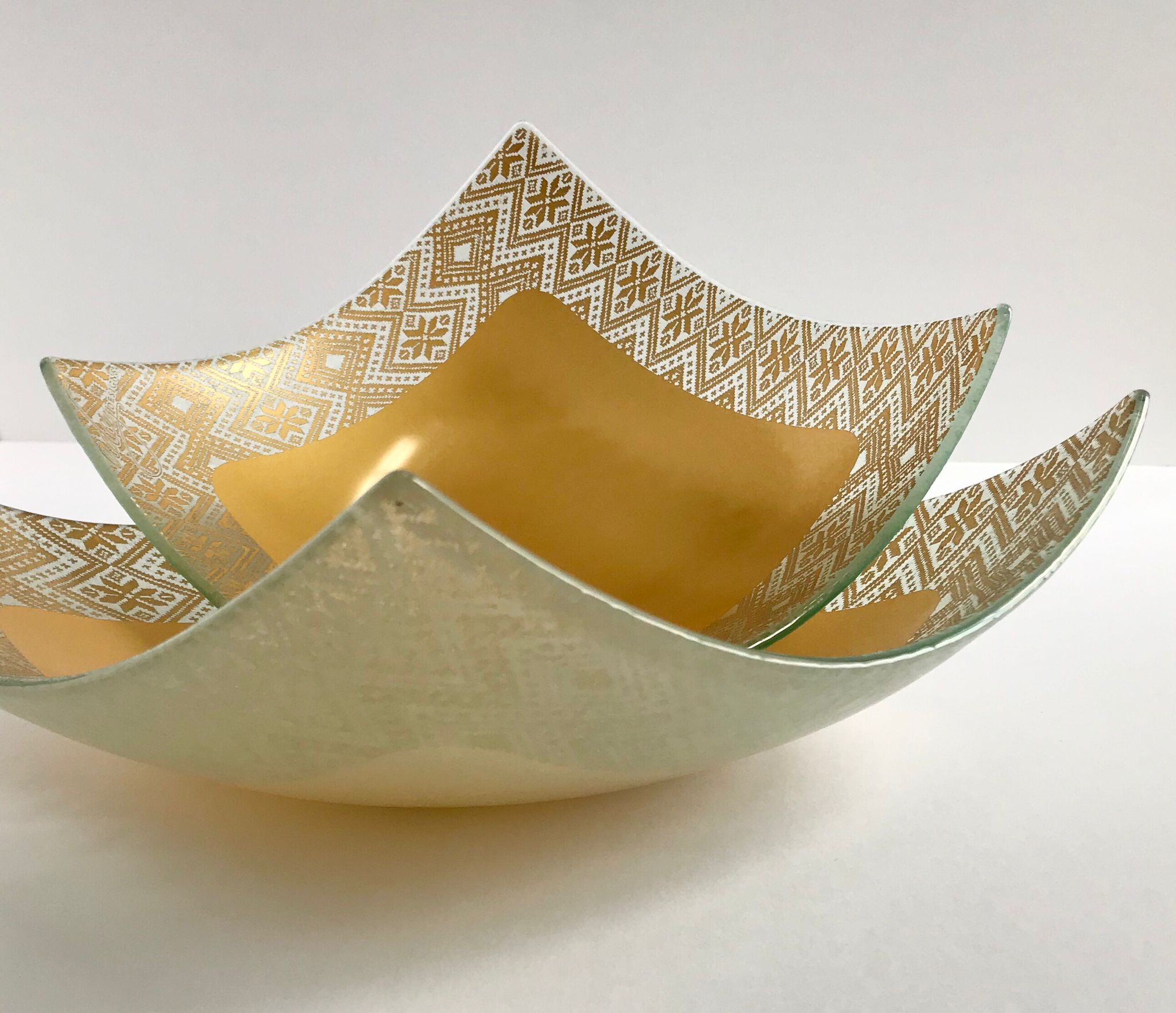Original Story Published by: Stephen Nartey, www.face2faceafrica.com
Photo Source: Smithsonian National Museum
(Above) The Lamellophone
The lamellophone is a musical instrument that has been used in many parts of Africa for centuries. A local name is assigned to brand it depending on how it’s made and the materials that go into its crafting. In some localities, it is referred to as mbiras, lukembes, and kalimbas, according to Europeana. Historians trace the origins of the lamellophones to Cameroon some three thousand years ago.
Austrian musicologist and a renowned expert in African music, Gerhard Kubik, was the first to have used the term lamellophone because of the confusion its description was generating among European music enthusiasts. The musicologist thought descriptions such as hand or thumb piano were misleading and did not reflect the soul of the musical instrument.
The first lamellophone was made out of cane and raffia, which was an abundant and easily accessible raw material in the region. The use of raffia predates early men using metal for various objects somewhere around 200 and 500 BCE. The use of metal in the production of lamellophones occurred during the first millennium in the present-day Democratic Republic of Congo, Zimbabwe, and Mozambique.
The musical instrument was adopted by various cultures as a result of the migration of the Bantu-speaking natives. It was first spotted in Katanga, moved to the lower Zambezi valley, and landed in the Nyasa/Ruvuma culture area in Southeast Africa.
The craftsmen in the Zimbabwean region modernized the use of metal in building the lamellophone, according to zvembira, it became the hub of lamellophone technology. Since the 15th century, the musical instrument has become significant in many cultures, and thereby, its subsequent adoption.
To read the full article, visit www.face2faceafrica.com.









